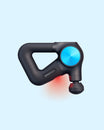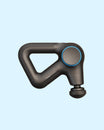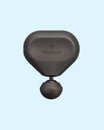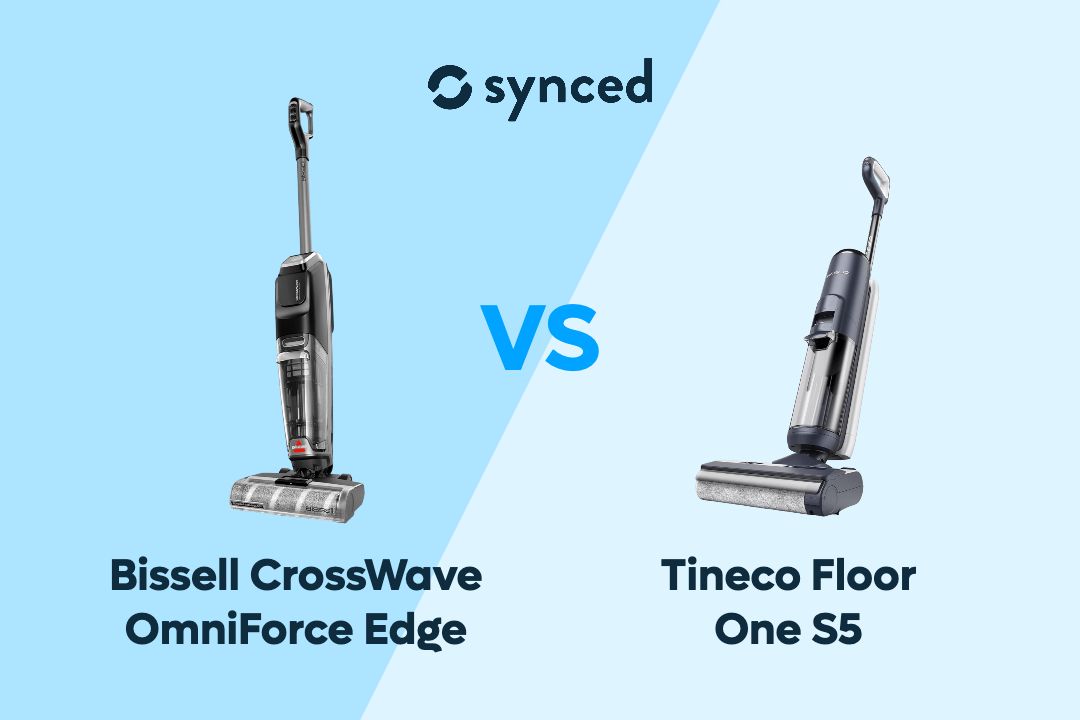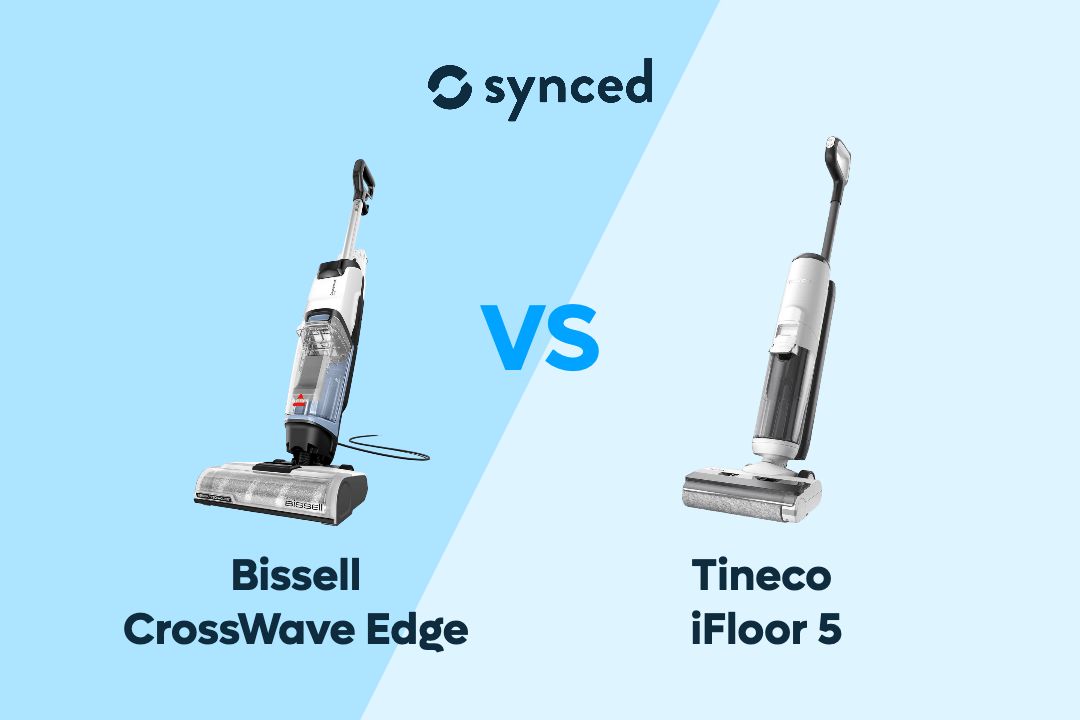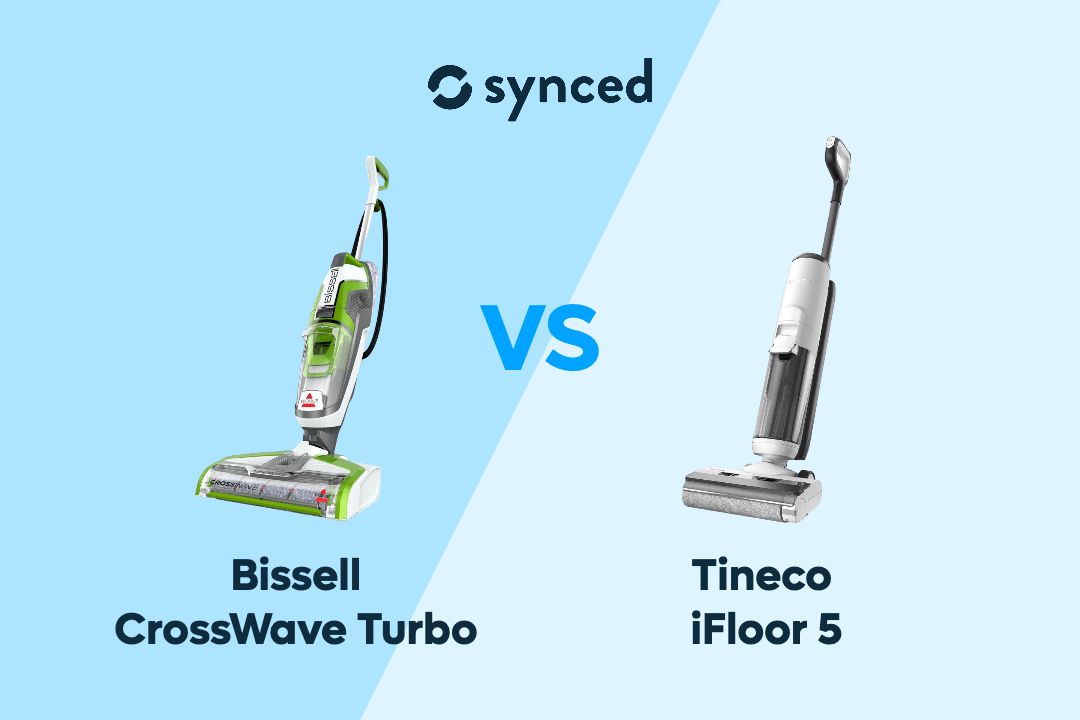Roomba I3 vs I4: What Sets Them Apart?
By Elisabeth Christ
Updated August 2024

Choosing between the Roomba I3 and I4 is like picking the perfect tool for your home’s unique needs. Both models bring iRobot’s renowned cleaning technology to the table, but they cater to slightly different preferences. Whether you prioritize seamless integration with your smart home, advanced mapping capabilities, or just a dependable vacuum that gets the job done, understanding the nuances between these two models will help you make an informed decision.
Key Takeaways
At first glance, the Roomba I3 and I4 might seem nearly identical, but a closer look reveals key distinctions. The I3, priced at $399, offers robust performance with a 3-Stage Cleaning System and a 68dB max noise level, making it suitable for those seeking a solid, straightforward cleaning solution. On the other hand, the I4, retailing at $300, ups the ante with 10x power-lifting suction, Dirt Detect™ Technology, and a slightly more efficient battery management system, giving it an edge in homes with diverse floor types. Both models support advanced Imprint® Smart Mapping and feature vSLAM for precise navigation, but the I4’s enhanced customization options make it the more versatile choice for tech-savvy users.


Roomba I3 Robot Vacuum
Robot Vacuum With An Efficient Navigation Technology
✓ 3-Stage Cleaning System
✓ 3 setting options for scheduled cleaning
✓ No-go zones feature
✓ Up to 80 minutes operation

Roomba I4 Robot Vacuum
Robot Vacuum With Advanced Additional Accessories
✓ Virtual wall available
✓ 2 spare Extra High-Efficiency Filter
✓ Reactive Sensor technology
✓ Up to 80 minutes operation
#1 Price & Design

Roomba I3
In terms of designs, Roomba I3 and I4 models both offer a sleek, modern design that's quintessential of the iRobot lineup, but with subtle differences that may sway your decision. The I3, priced at $399, is slightly more expensive than the I4, which retails at $300. The I3's larger charging dock is a noticeable design feature, especially when paired with the self-emptying station available for an additional $200. This station, although convenient, requires proprietary dust bags, adding a recurring cost to your cleaning routine. The I3's dimensions—3.6 x 13.3 x 13.3 inches—make it a compact yet robust device, complemented by an intuitive interface with a large central 'clean' button surrounded by an LED, making it easy to operate.

Roomba I4
On the other hand, the I4, while more affordable, doesn't skimp on design. It shares similar dimensions with the I3, measuring 13.26 x 3.63 x 13.34 inches, and comes with extra accessories like two spare High-Efficiency Filters and a Dual Virtual Barrier Device. The I4's build quality is on par with the I3, ensuring durability and effective performance across various surfaces. Both models feature a rotating brush that sweeps dust towards dual multi-surface rubber brushes, but the I4's inclusion of a Virtual Wall and AA batteries offers added value right out of the box. The design philosophy behind both models is clearly focused on functionality, with the I4 offering a slight edge in terms of included accessories.
#2 Vacuuming & Mopping Performance

Roomba I3
When it comes to cleaning prowess, both the Roomba I3 and I4 showcase the power of iRobot's 3-Stage Cleaning System, but with nuanced differences. The I3 is equipped with the capability to tackle most debris with ease, using its Reactive Sensor Technology to navigate around obstacles and avoid getting stuck. It’s particularly effective on carpets, where it can extract embedded hair and dirt, although it might struggle slightly with larger debris like oats on hard floors. The I3’s noise levels are reasonable, with a maximum operational noise of 68dB, making it a quieter option for regular cleaning sessions. However, if you opt for the self-emptying version, the noise level spikes to 84dB during the emptying process.

Roomba I4
The I4, on the other hand, builds on the I3's foundation with a versatile performance that adjusts its height and suction power depending on the floor type. This feature, combined with the 10x power-lifting suction, ensures that the I4 can handle both high-pile carpets and hard floors with equal efficiency. The I4 also incorporates Dirt Detect™ Technology, which focuses cleaning efforts on dirtier areas, ensuring a thorough clean every time. While both models perform admirably, the I4's ability to adapt to different surfaces and its enhanced suction power give it an edge, particularly in homes with a mix of flooring types.
#3 Smart Mapping & Visual Simultaneous Localization and Mapping (vSLAM)

Roomba I3
Smart mapping is where the Roomba I3 and I4 showcase their capability, leveraging Imprint® Smart Mapping technology to create precise, customizable maps of your home. Both models use vSLAM (Visual Simultaneous Localization and Mapping) to navigate and remember the layout of your space, ensuring efficient cleaning patterns that minimize overlap and maximize coverage. The I3’s mapping capabilities are impressive, offering customized cleaning schedules and the ability to set time limits for each session. Its simplicity is one of its strengths, as the initial app setup is straightforward, allowing you to quickly get your I3 up and running.
The I4, however, takes mapping to the next level with a more advanced approach. It shares the same Imprint® Smart Mapping technology as the I3, but with enhanced features that allow for greater control and precision. The I4's ability to create and store multiple maps makes it ideal for multi-level homes, while its Reactive Sensor Technology further improves navigation by helping the robot avoid getting stuck in tight spots. Both models lack the no-go zones feature, but the I4 compensates with its Dual Virtual Barrier Device, which offers more control over where the robot cleans. Overall, the I4's advanced mapping and additional features provide a more tailored and efficient cleaning experience.
#4 Battery Life

Roomba I4
Battery performance is crucial for any robot vacuum, and both the Roomba I3 and I4 deliver reliable power for extended cleaning sessions. The I3 is designed to automatically return to its base charger when the battery is low, ensuring that it’s always ready for the next cleaning cycle. With a claimed battery life of 80 minutes on a full charge, the I3 is well-suited for small to medium-sized homes. Charging takes approximately two hours, and the I3 supports recharge-and-resume functionality, allowing it to pick up where it left off if it runs out of battery mid-clean.
The I4 mirrors the I3 in many respects when it comes to battery life, with a similar 80-minute runtime on a full charge and the same recharge-and-resume feature. However, the I4’s slightly more efficient power management means it may get a bit more cleaning done within that 80-minute window, thanks to its adaptive suction and height adjustment capabilities. Both models take about two hours to fully recharge, so there’s no significant difference in downtime between cleaning sessions. Whether you choose the I3 or the I4, you can expect dependable battery life that supports thorough, uninterrupted cleaning.
#5 Connectivity

Roomba I3
Connectivity is another area where the Roomba I3 and I4 offer similar capabilities, making it easy to integrate these robots into your smart home ecosystem. Both models support WiFi connectivity, allowing you to control them via the iRobot HOME app, which is available for both iOS and Android devices. The app is intuitive and easy to navigate, providing access to a range of features, including scheduling, cleaning history, and customization options for your robot’s cleaning sessions. Additionally, both the I3 and I4 are compatible with Google Home and Alexa, enabling voice control for added convenience.
The I3’s connectivity is straightforward, offering all the essential features you’d expect from a modern robot vacuum. However, the I4 goes a step further by providing a more seamless experience with its enhanced app integration. The I4’s app allows for more detailed customization of cleaning preferences, including the ability to set specific cleaning zones and adjust the suction power and brush roll settings depending on the surface type. While both models are well-connected, the I4’s added app functionality and customization options make it a more versatile choice for those looking to tailor their cleaning experience to their specific needs.
Roomba I3 vs I4
Final Thoughts

Roomba I3 vs I4
In the battle of Roomba I3 vs I4, your choice should reflect your home’s specific needs. The Roomba I3 is a reliable workhorse, ideal for those who want a straightforward vacuuming experience without the bells and whistles. It’s perfect for smaller spaces or users who prioritize simplicity and ease of use. The Roomba I4, however, shines in its versatility and adaptability, making it a better fit for larger homes with varied flooring types or for those who appreciate a more hands-on approach to customization. Whether you opt for the tried-and-true I3 or the feature-packed I4, both models promise to keep your floors spotless with minimal effort on your part.
Don't miss out on tech
Subscribe to our newsletter to stay up to date on the latest tech trends and guides on the best gadgets around.

